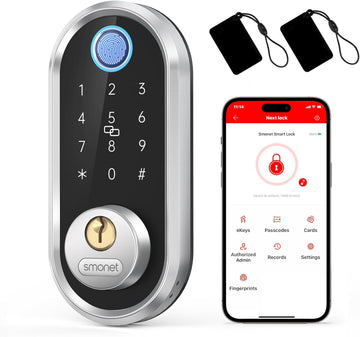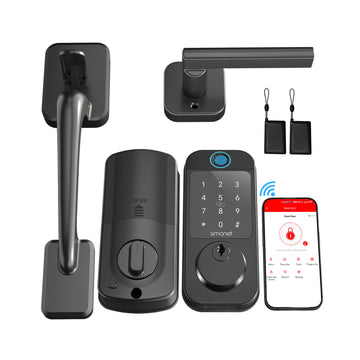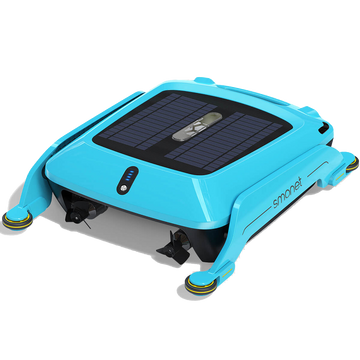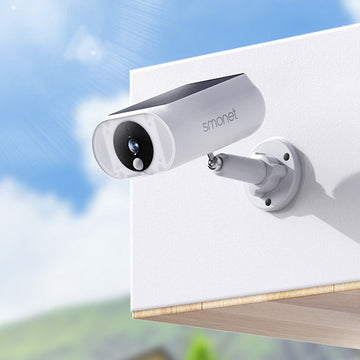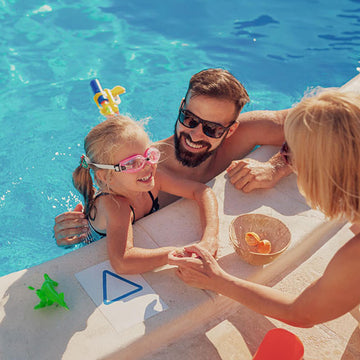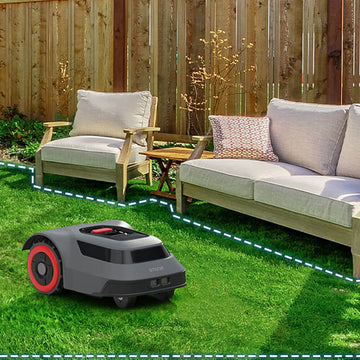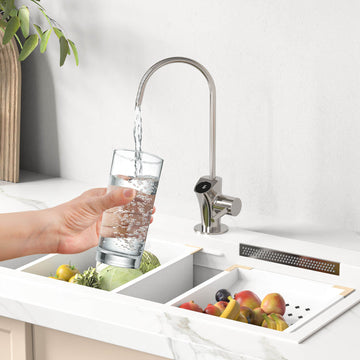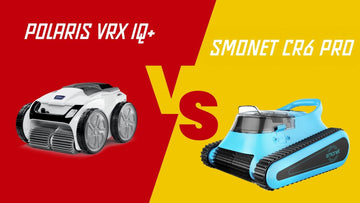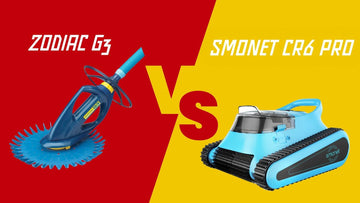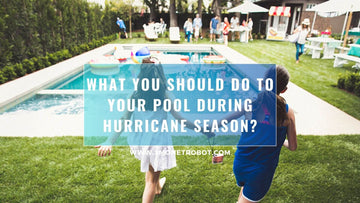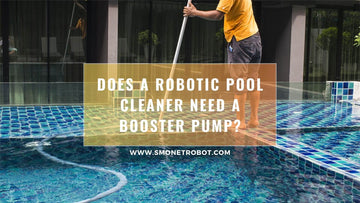As hurricane season approaches, it is crucial for homeowners with swimming pools to take proactive measures to ensure the safety of their pool and property. By properly preparing your pool for a hurricane, you can minimize potential damage and hazards. In this comprehensive guide, we will walk you through the essential steps to protect your pool before a hurricane strikes.

Before we dive into the necessary preparations, let's understand why it is vital to get your pool ready for a hurricane.
Taking proactive measures will help prevent overflow, contamination, and damage to your pool and surrounding areas.
By being prepared, you can safeguard your loved ones and minimize the impact of the storm.
Preparing Your Pool Before a Hurricane
When a hurricane is on the horizon, it's time to assess the condition of your pool and take necessary precautions. Here's what you need to do:
- Check Water Chemistry: Ensure your pool's water is well-balanced by adjusting the pH and chlorine levels if necessary. A properly balanced pool is more resilient during a storm and easier to restore afterward.

- Secure Loose Items: Before the hurricane arrives, secure any loose items around your pool area. Pool toys, floats, cleaning tools, and patio furniture can become dangerous projectiles if strong winds pick them up. Fasten them down or bring them indoors to prevent accidents.
Securing Your Pool During a Hurricane
Properly securing your pool is crucial to prevent damage during a hurricane. Follow these steps to ensure your pool is well-protected:
- Secure Loose Items: Before the storm arrives, secure all loose items in your pool area. Use straps or ties to fasten down pool furniture, equipment, and anything that strong winds could carry away.
- Strengthen Pool Enclosures: Ensure that your pool area is properly enclosed with sturdy gates securely locked. This will prevent debris from entering the pool and maintain safety for everyone.
- Turn Off Equipment: Shut off your pool pump and electrical gear to avoid damage caused by power issues or flooding. Disconnect any electrical connections to reduce the risk of electrical hazards.
- Cover with a Durable Pool Cover: Keep debris out and maintain water levels by using a strong pool cover designed to withstand the harsh elements of a hurricane.

- Use Sandbags and Barriers: Place sandbags or barriers around the perimeter of your pool to prevent flooding. Ensure they are firmly in place and strategically positioned to redirect water away from the pool area.
- Consider Professional Help: For complex pool setups or if you are unsure about securing your pool effectively, it is wise to seek professional assistance. Pool experts can assess your specific needs and take the necessary precautions to secure your pool properly.
Preventing Pool Overflow During a Hurricane
To prevent your pool from overflowing during a hurricane, here are some steps you can take:

- Balance Water Chemistry: In case the water level rises too high, have a siphon hose or submersible pump ready to remove excess water from the pool. This will help prevent overflow and potential damage.
- Use a Siphon Hose or Pump: If the water level gets too high, use a siphon hose or submersible pump to remove excess water.
- Monitor Water Levels and Weather: Keep a close eye on your pool's water level throughout the storm. Stay updated on the weather forecast and be prepared to take action if heavy rain is expected. Monitoring the situation will allow you to make informed decisions about water management.
- Consider an Overflow Drain: Installing an overflow drain can be a long-term solution to divert excess water away from your pool during heavy rainfall. Consult with a pool professional to determine if this is a suitable option for your pool.
Maintaining Pool After a Hurricane Using Robotic Pool Cleaner
After a hurricane hits, it's important to assess the condition of your pool, especially if you have a robotic pool cleaner. Here are the steps you should take:
- Inspect the Pool Area: Before using your robotic pool cleaner, carefully inspect the pool area for any debris, fallen branches, or other objects that may have entered the pool during the hurricane. Remove any visible debris to prevent damage to the cleaner and ensure optimal cleaning performance.

- Adjust Cleaning Schedule: Depending on the severity of the hurricane and the condition of your pool, you may need to adjust the cleaning schedule of your robotic pool cleaner. If there is still a significant amount of debris or if your pool requires additional maintenance, consider running the cleaner more frequently than usual until the pool is back to its optimal condition.
If you are uncertain about any aspect of using your robotic pool cleaner after a hurricane, consult our team at support@smonetrobot.com or seek professional assistance.
Conclusion
By taking proactive steps, you can minimize damage and ensure the safety of your property. Your pool will be ready to weather the storm and provide enjoyment once the skies clear. Stay safe!
